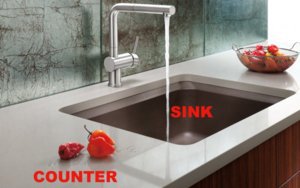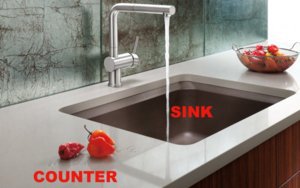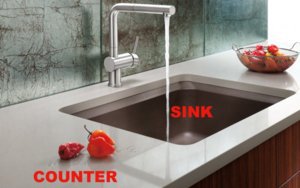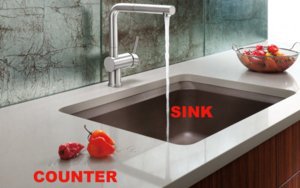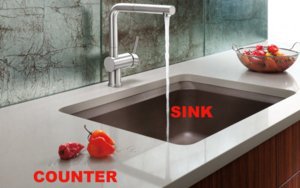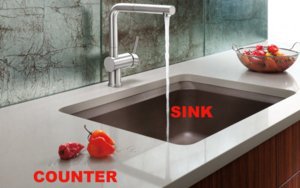THE REASON TO USE AN 82° COUNTERSINK ON ENGLISH THREADS & 90° FOR METRIC
IS THAT THOSE ANGLES MATCH THE HEADS ON E Vs M FLATHEAD SCREWS .
I ALWAYS LIKED THE SIMPLICITY OF THE MATH FOR THE METRIC . BECAUSE OF THE 90°
ANGLE , THE DIAMETER OF THE COUNTERSINK WILL BE TWICE THE DIAMETER OF THE THREAD .
( 5mm FLATHEAD USES A 10mm COUNTERSINK . 8mm SCREWS USE A 16mm & SO ON )
UNLESS THE SCREW HEAD WILL SINK BELOW THE SURFACE OF THE TAPPED PART , IT DOESN'T MATTER .
AS FOR COUNTERSINKING THE HOLE BEFOREHAND , THAT JUST PREVENTS
A BURR STICKING UP WHERE THE THREAD STARTS , & IT LOOKS NICE .

